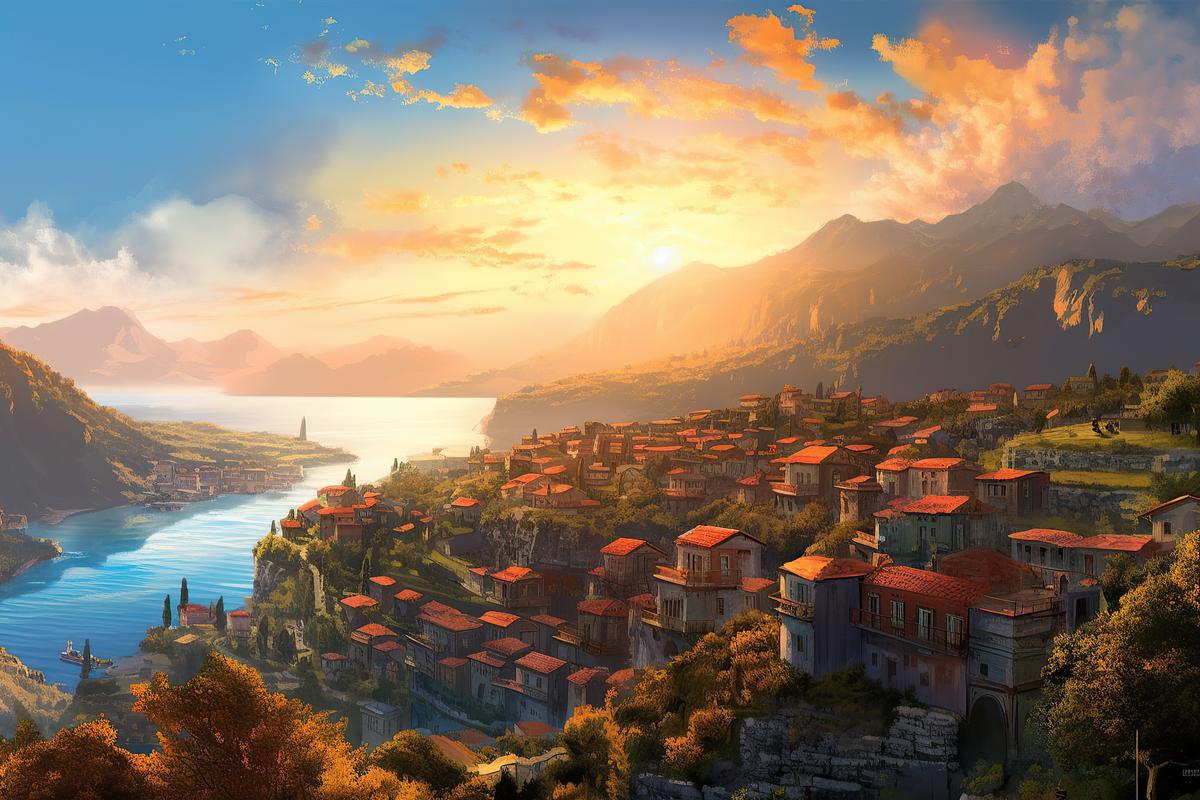A Timeline of Albania
A broad timeline of Albania from prehistoric to modern times.

Prehistoric Era (100,000 BC to 2000 BC): The area now known as Albania was inhabited during the Paleolithic era. The earliest known farming cultures in the region were the Gjërë culture and the Cakran culture.
Illyrian Era (2000 BC to 168 BC): The Illyrians, an ancient Indo-European people, settled in the western part of the Balkan Peninsula. They had a rich culture, with distinct art, religion, and social structure.
Roman Period (168 BC to 395 AD): After the Illyrian Wars, the region became part of the Roman Empire. This period is noted for its significant cultural and infrastructural developments, including roads, aqueducts, and architecture.
Byzantine Period (395 AD to 1204 AD): The region remained under the Byzantine Empire, but retained a distinct cultural identity. The fortress cities of Butrint and Berat are UNESCO World Heritage Sites from this period.
Ottoman Rule (1478 AD to 1912 AD): The Ottoman rule marked a significant change in the region. Despite this, Albanians managed to retain their language and customs. The League of Prizren (1878) was a key moment in the rise of the Albanian national consciousness.
Independence and Interwar Period (1912 AD to 1939 AD): Albania declared its independence from the Ottoman Empire on November 28, 1912. During the interwar period, under the leadership of King Zog, Albania began modernizing its legal and social structures.
Communist Period (1944 AD to 1992 AD): Led by Enver Hoxha, Albania became one of the most isolated and tightly controlled Communist states in the world. Despite the harsh conditions, this period saw significant improvements in literacy and infrastructure.
Post-Communist Period (1992 AD to Present): Albania transitioned to democracy and a market economy. It joined NATO in 2009 and is currently a candidate for EU membership.





